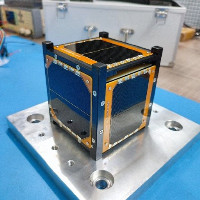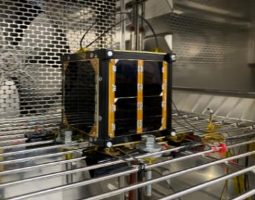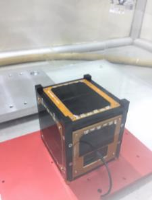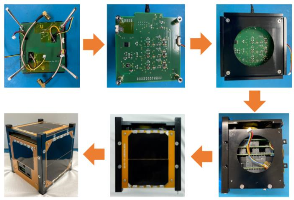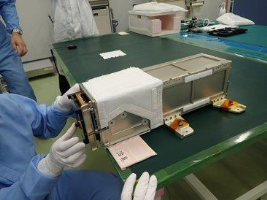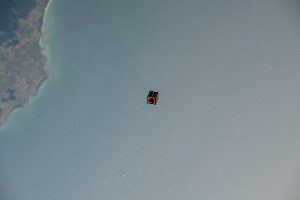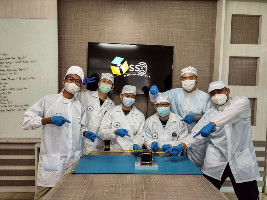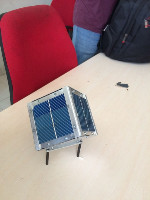| Satellite name | SS-1 (Surya Satellite 1) |
|---|---|
| Form factor | CubeSat |
| Units or mass | 1U |
| Status | Reentry 2023-05-09. Was operational until 2023-02-09? (SatNOGS reports with data end 2023-02-09 as of 2023-04-22) |
| Launched | 2022-11-26 |
| NORAD ID | 55181 |
| Deployer | J-SSOD (JEM Small Satellite Orbital Deployer) |
| Launcher | Falcon 9 (CRS-26) |
| Deployment | Deployed from ISS on 2023-01-06 |
| Organisation | Surya University |
| Institution | University |
| Entity type | Academic / Education |
| Nation | Indonesia |
| Launch brokerer | JAXA, KiboCUBE |
| Oneliner |
Satellite able to beacon and digipeat Automatic Package Reporting System (APRS) signal. |
| Description |
Develop Indonesian young generation space technology interest which have technical mission to provide short text message communication using Automatic Packet Reporting System (APRS) protocol. Proposing an APRS downlink on 145.825 MHz and a UHF downlink for telemetry. |
| Results | |
| Notes |
Crowdfunding was unsuccessful. Planning KiboCube deployment. |
| Sources | [1] [2] [3] [4] [5] |
| Photo sources | [1] [2] [3] [4] |
| Keywords | First CubeSat of country |
| On the same launch |
Last modified: 2023-12-04
